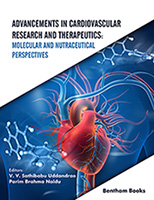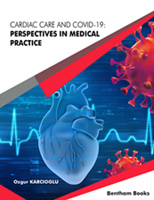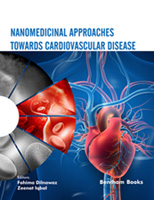Preface
Cardiovascular disease (CVD) is the leading cause of morbidity and mortality worldwide and, according to the predictive assessment of the WHO, it could become the first cause of death from 2050. The prevention of major cardio- and cerebrovascular events in asymptomatic subjects remains a serious public health challenge. The underlying pathology is usually atherosclerosis, which develops insidiously over many years and is usually advanced by the time symptoms occur. Data from large prospective studies have facilitated the identification of major atherosclerotic risk factors such as age, gender, smoking, high blood pressure, elevated total and LDL cholesterol levels and low HDL cholesterol concentrations. The fact that risk factors work in synergy to elevate CVD risk has been recognized for decades. However, high-risk individuals have largely been identified based on single risk factors. Since CVD is multifactorial, it is important in healthy individuals to estimate their “global” CV absolute risk. Many groups and organizations have worked to develop approaches to identify high-risk subjects using global risk algorithms. Scoring equations to predict those at an increased risk have been developed using multiple cardiovascular risk factors. Furthermore, currently it is possible to assess more precisely the extension of the disease even at an early stage of the atherosclerotic process. There are a number of measurements of preclinical atherosclerotic organ damage. However, in spite of the evidence of their prognostic relevance they are not widely used in clinical practice. The present monography analyzes the various aspects of the CVD: from its pathology and underlying risk factors to the various tools currently available to stratify the absolute global cardiovascular risk in asymptomatic subjects. Furthermore, it aims at evaluating the role of non-invasive evidence of preclinical atherosclerosis (such as increased carotid intima-media thickness) as a marker of additional risk in improving the cardiovascular stratification.

Full Professor of Cardiology
Department of Internal Medicine and Specialities, Division of Cardiology
University Hospital "Paolo Giaccone" of the University of Palermo
University of Cambridge
Italy






